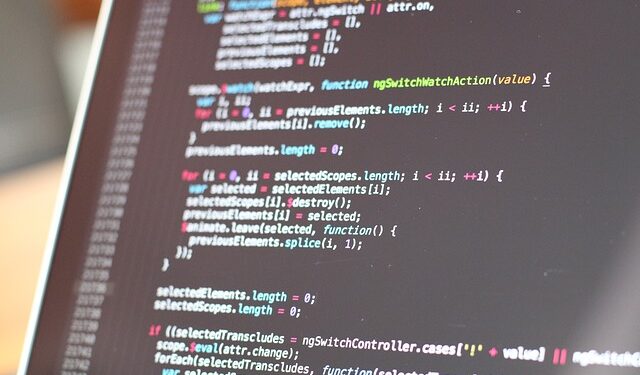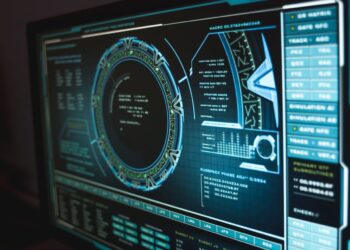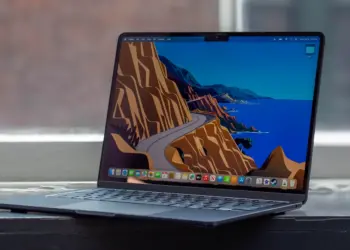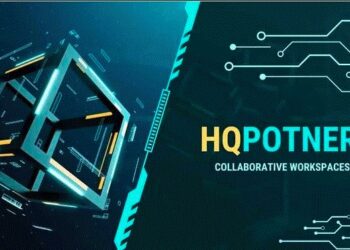There are a wide variety of software applications on the market today. These include multimedia software such as Adobe Photoshop, web browsers, and games. In addition to these, there are also debuggers and compilers, which help to turn human code into machine code. These programs can help to find errors in the code that is being written for a program.
System software
System software is designed to provide a platform for other software to run on. Examples of system software include operating systems, search engines, game engines, and industrial automation software. Software as a service applications also fall into this category. The most common application is a website, but there are many other types of system software.
System software is typically integrated into a computer. It acts as an interface between hardware manufacturers and end users, ensuring the overall efficiency and speed of the system. It is often more complex than a user interface, which is why it is written in a low-level computer language. It is used for everything from restoring lost data to storing and managing data.
System software also controls the allocation of memory and CPU resources to applications. It prioritizes programs, and controls the impact of that allocation on other processes. For example, a digital audio workstation application might require a specific amount of processing power, but the operating system can sacrifice some of this to other programs. Furthermore, it manages memory, which is essential for the running of applications.
System software is an integral part of any computer system. Without it, computer systems would not be able to run. This software enables the computer to recognize and respond to the commands given by the end-user. System software is the basic interface between applications, hardware, and operating systems.
Programming language
There are many things to consider when choosing a programming language. Aside from your own personal preferences, you should also consider whether the language you’re choosing is appropriate for your needs. Some of the most important aspects to consider are type checks, concurrency, and standards. Considering these factors, you can select a programming language that will allow you to ship code quickly and easily.
The Integrated Development Environment (IDE) that comes with a programming language is crucial for productivity. A good IDE will provide you with powerful debugging and compilation tools. It should also have efficient error handling features. These features are essential for error-free, quality software. A robust error handling feature means that you will be able to debug problems more easily, which means faster and easier development.
Another important factor to consider is whether the programming language you’re considering is suitable for beginners. For example, some people prefer the simplicity of Python’s syntax, which makes it an excellent choice for beginners. Its low-level syntax makes it easier to write code, and a Python program can accomplish a lot with less code. By contrast, other programming languages, such as C, are much closer to machine code, which is a low-level numerical language.
If you’re looking to build a data pipeline or web server, you may want to consider Python. This language is highly versatile, allowing you to create applications that run on different hardware platforms. It’s also free and open source, which means that you’ll be able to contribute to open-source projects. The best programming language for you depends on your needs, but it’s important to find a programming language that suits your style and the way you do business.
Operating system
An operating system is the software that makes all the parts of your computer work together. All user applications must go through this software, which controls the hardware devices and memory. The core of the operating system is called the kernel, which manages how programs in memory access the RAM. It also determines which programs should have access to which hardware resources.
Operating systems are further divided into several different categories. One category is the desktop operating system, which is designed for standard personal computers. The other type is called the server operating system. It is designed for network servers and is specialized for processing critical events. Both types of operating systems can run multiple programs. The difference is in their structure.
Operating systems make programming easier. They communicate with hardware and manage various hardware devices, making it easy for programmers to write the code needed to use the hardware. Because applications are integrated into the operating system, users may not be aware of them. Operating systems also manage printers and connections. Without them, applications would have to incorporate printer-management code.
Operating system software is a vital part of any computer. It manages the hardware and software, performing small basic tasks and converting application code to hardware instructions. Among the tasks performed by the operating system are booting the computer, managing files, performing tasks, and logging in. Among other things, it manages security on the computer.










